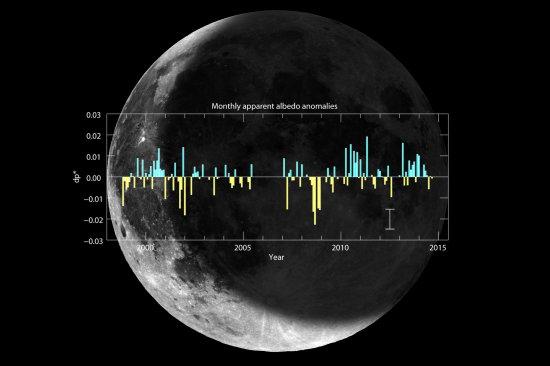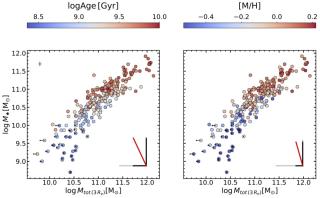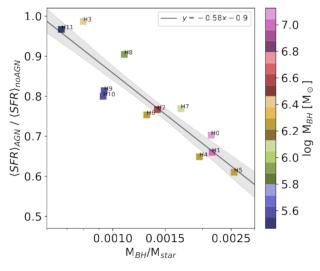The Earth’s albedo is a fundamental climate parameter for understanding the radiation budget of the atmosphere. It has been traditionally measured from space platforms, but also from the ground for sixteen years from Big Bear Solar Observatory by observing the Moon. The photometric ratio of the dark (earthshine) to the bright (moonshine) sides of the Moon is used to determine nightly anomalies in the terrestrial albedo, with the aim is of quantifying sustained monthly, annual and/or decadal changes. We find two modest decadal scale cycles in the albedo, but with no significant net change over the sixteen years of accumulated data. Within the evolution of the two cycles, we find periods of sustained annual increases, followed by comparable sustained decreases in albedo. The evolution of the earthshine albedo is in remarkable agreement with that from the CERES instruments, although each method measures different slices of the Earth’s Bond albedo.
Composition of the earthshine, the light reflected from the Earth to the night-time face of the Moon, and the figure showing the monthly mean apparent albedo anomalies from December 1998 through December 2014. Anomalies were calculated over the mean of th
Advertised on
References


